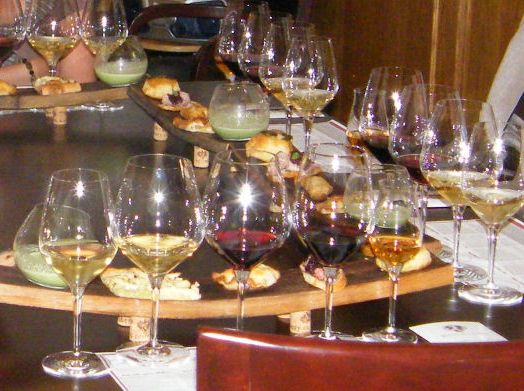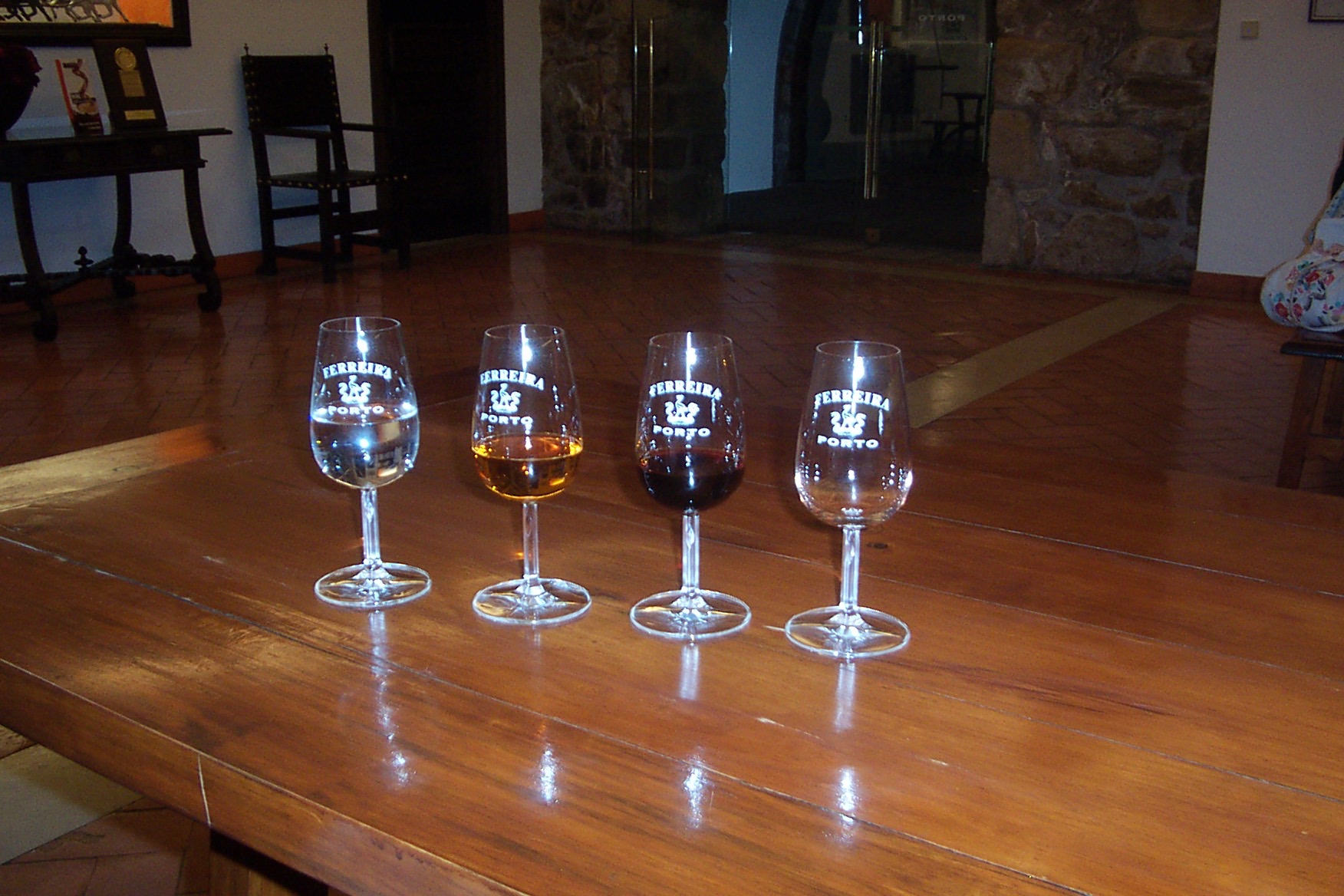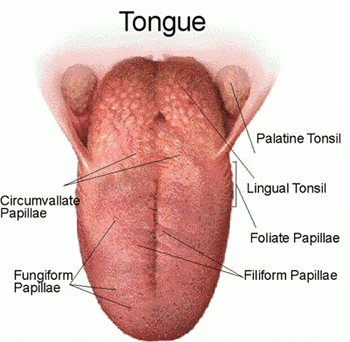Wine Flight Myth
Should you taste wines from the lighter style to the heavier one?
Well, that's what you probably learned at the wine appreciation school or sommelerie school.
And as you, novice taster, start your wine discovery, you are told that there are rules to follow. Start by the lighter styles, sparkling wines, white wines, then move on to the rosés, lighter reds, heavier reds, then move on to fortified wines or sweet wines.
In summary, the wine flight myth states that tasters should follow a specific presentation order when tasting wines, and not messing around.
With good tasting practices, one could taste wine in the order they want as long as they rinse their mouth efficiently and observe breaks accordingly!
It is true that not rinsing your mouth between samples and mixing astringent wines with sweet wines, sparkling wines with fortified wines will confuse all your senses.
In practice though I would agree that it is reasonable to organize flights by theme (e.g. color, varietals) so that tasters can discuss each theme, share their wine perceptions, learn about the wines, and memorize perceptions and winemaking styles.
The importance of varying the presentation order within a wine flight
The presentation order should be different among tasters in order to be fair to the wines. Indeed the position of a wine in a flight can condition how it will be perceived whether it is preceded or followed by a more flavorful wine. This is the error of contrast. The position is also important when tasters discuss which wine they appreciate the most. When only three wines are presented and tasters have to select the one they prefer, if they are indecisive, they will likely end up choosing the middle sample; and suddenly this sample is preferred by the majority of tasters and this creates a false winner.
More on Tasting Errors

My colleague Dr. Antonia Mantonakis from Brock University demonstrated in an elegant experiment how the position of a wine in a sequence affects wine tasters’ choices. As a cognitive psychologist, she likes to create situations in which participants have to make decisions; her research then aims at understanding the thought process leading to this decision. She also likes to trick participants to achieve her goals. In this experiment, she used several varietal wines, whites and red.
- Participants were recruited from the University campus and invited to come to her lab. They received one flight of wines, either a wine serving of whites or a wine serving of reds.
- Each wine serving included a sequence of two, three, four or five wine glasses.All the glasses in a sequence were poured with the same wine from the same bottle. Of course the participants didn’t know!
- So their task was to taste the wines and choose the one sample they preferred.
The findings are troubling and give ammunitions to fight the wine flight myth:
In shorter sequences, the first sample was most often preferred.
The psychologist call this phenomenon the “primacy effect”. In longer sequences (four or five samples), the last sample was most often preferred; this phenomenon describes the “recency effect.”
Interestingly, the more wine knowledgeable the taster, the stronger the effects were.
You may argue that participants should have noticed the similarity of the wines. No! That's how the wine flight myth takes all its essence. We are so focused on trying to make the right decision that our psyche takes over our perceptions.
Access the scientific publication
Read the story in the Globe and Mail
What does this experiment tell you? If all tasters follow the same presentation order when tasting wines, we create false winners, and consequently false losers, a total unfair situation.
So wine tasters, be aware
Request that wine servings are randomized among all tasters and that enough water, crackers (or baguette if you are lucky) and spittoons are available so that you can rinse your mouth appropriately. Even if you are touring wineries, don’t get trapped in the myth. You may not be able to follow a random sequence - although you can ask to select the wines you’d like to try usually - but please Cleanse Your Palate!
Home > Tasting Errors> Wine Flight Myth




